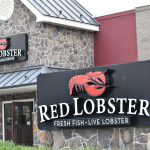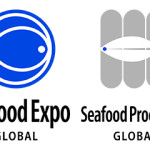Forristall: Why the need for BAP farm standards that address aquaculture by culture system rather than species?
Lee: Well, I actually think your question should be inverted. The most logical arrangement is to have standards that are system specific since the nature of the impacts is largely determined by the nature of the system. So you should perhaps be asking why did BAP start with a suite of species specific standards in the first place? Well, we found a species specific approach necessary to make sure that standards are properly crafted to cover all eventualities. But after 8 years of applying these standards in the field, we are now confident that they should be merged. As such they can now be applied to almost any species of finfish or crustacean and this broadens the appeal of our program assuring inclusivity for species which are produced in smaller quantities than shrimp, tilapia, Pangasius and channel catfish.
What has the reaction been to the new standards?
The standards are now out there for public comment so please encourage all your readers, including industry, to tell us. The reaction so far has been highly positive, often going along the lines of ‘why didn’t you do this before!?’
[Companies certified under the old standards] are happy to see that the program is broadening its appeal and becoming the dominant mainstream aquaculture certification scheme. They have invested a lot in backing the BAP program and want to see it grow even stronger in the marketplace.
How will this affect company’s already certified under the old standards?
The transition to the new standard (when it goes live) should be smooth enough for producers that recertify. They will find the structure and layout to be familiar with improved clarity in some sections. The new draft includes more emphasis on social conditions and biosecurity, which is in line with market requirements and with the FAO technical Guidelines on Aquaculture Certification.
What is the benefit to BAP-certified farms or farms looking to obtain BAP certification?
Farms that attain BAP certification are able to send out a signal, loud and clear, of their commitment to sustainable aquaculture, not just in words but in independently verified deeds. The supply chain is placing increasing importance on such signals because it needs assurance of responsible practices. Top companies in the retail and food service sectors are backing seafood certification and producers that take the long-term view can tap into this trend to build more sustainable businesses.
What’s the significance of the timing of the new standards?
The new BAP farm standards are coming into play at an important point in the evolution of the aquaculture industry. Until recently large parts of the aquaculture industry have been 'on the back foot', busily defending their ability to produce sustainable food. But now there is a broad stakeholder consensus that aquaculture can be sustainable and that it simply must step up and play the leading role in seafood supply. The switch in the BAP approach, from species specifics to system specifics, is consistent with the industry's movement away from a reactive stance to a proactive one. Bring on the future!





